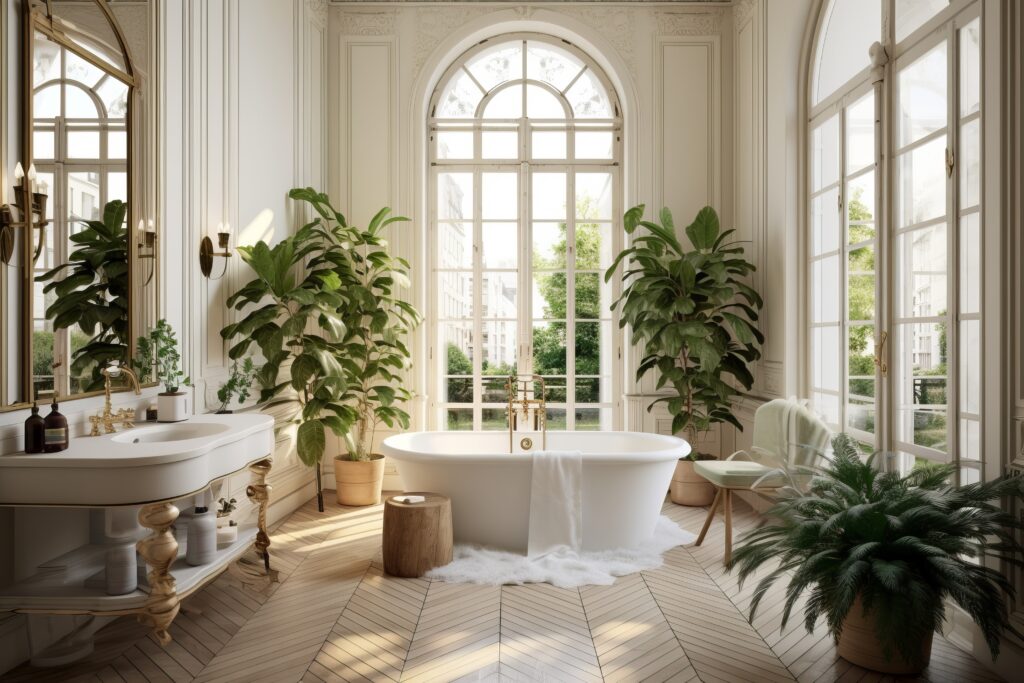
Romana – stock.adobe.com
“Architecture is really about well-being. I think that people want to feel good in a space. On the one hand it’s about shelter, but it’s also about pleasure.” – Zaha Hadid
Zaha Hadid’s insightful words resonate deeply with me, prompting a reflection on the universal factors that foster feelings of comfort and contentment in our surroundings, ultimately enriching our experience of spaces and enhancing our well-being.
Nature stands out as a primary source of well-being for humans, regardless of individual character traits. Its presence has a profound impact on our physical, mental, and emotional health. However, despite its importance, we often witness the continuous degradation of natural environments due to various factors, including prevailing nutritious trends and architectural advancements.
The inclusion of natural elements in interior design goes beyond aesthetics. Biophilic design principles, which aim to establish a deeper connection with nature, hold significant value in promoting a sense of tranquility and harmony within our living spaces. By incorporating features like abundant natural light, verdant greenery and organic materials, we can create environments that not only delight the senses but also cultivate feelings of tranquility, renewal and unity with nature.
As stewards of our built environment, it’s imperative for us to strike a balance between innovation and preservation. By integrating nature-inspired designs and sustainable practices into architectural endeavors, we can create spaces that not only fulfill functional needs but also nurture the well-being of occupants. Let’s embrace the wisdom of Zaha Hadid’s words and strive to create environments that prioritize both shelter and pleasure for all.